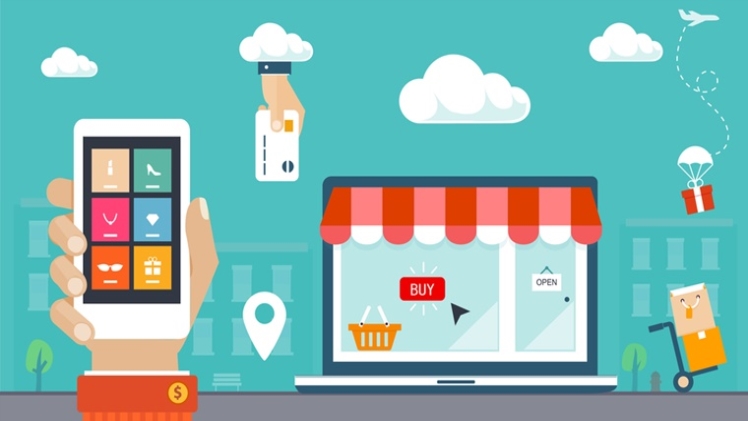It’s no secret that the ecommerce industry is struggling. It’s getting harder and harder for brands to stand out from their competitors, decreasing the opportunity for new players to enter the market.
At the same time, ecommerce conversion rate agency has been on a steady decline – from 3.6% in 2016 to 3.2% in 2018. To make things even more challenging, this downward trend is expected to continue over the next few years – with a forecast of 2.8% by 2021 and 2.5% by 2022.
What’s going on here? Obviously, something needs to change! In this blog post, we will discuss what’s wrong with ecommerce as we know it today and what can be done about it…
eCommerce is failing to retain customers
It’s not uncommon to see people shop around and compare prices before they make a purchase. One way to get around this is to offer unique benefits that are difficult to compare price-wise.
But it’s rare to see people shop around and then come back to buy from the same store. When it comes to e-commerce, the average customer lifetime value (CLV) per order is currently $30. That’s less than the cost of just one avocado or a single pair of shoes.
For many brands, it’s hard to see a path to profitability with these numbers. However, it’s possible to increase CLV by getting customers to make more frequent purchases.
Consumers are overwhelmed with ads
The rise of ad blocking has been one of the most significant changes in the digital landscape in recent years.
In a recent report, the Interactive Advertising Bureau estimated that ad blocking will have cost the U.S. advertising industry $9 billion by the end of 2021.
This is a huge issue because the vast majority of e-commerce brands rely on online ads to drive traffic to their websites. In fact, more than 80% of ecommerce businesses use paid advertising to generate sales.
This isn’t surprising when you consider that online advertisements are relatively inexpensive and easy to scale. Add to this the fact that your customers aren’t necessarily looking for your products, and you’re faced with a serious problem.
Consumers require more transparency
Online shopping involves the exchange of money and goods – and that makes it inherently risky. However, there are ways to reduce this risk.
People are more likely to purchase from a reputable brand in the first place. Similarly, companies can also increase trust by offering guarantees and refunds. However, e-commerce brands have failed to keep up with the times here.
Many companies have yet to transition to the world of digital shopping, requiring customers to provide a lot of information for little reward.
Humans hate making purchases online
The majority of ecommerce purchases take place on desktops and laptops. However, these devices are very different from the environments in which people shop in the physical world.
All of this creates an un-natural shopping experience that makes it difficult for people to make purchases online. For many, shopping online is a more stressful experience than purchasing in-store.
The difference in experience between online and in-store shopping can be explained, in part, by the limited capacity of our short-term memory.
When humans are engaged in an activity, they tend to focus on the immediate details of that activity to the exclusion of other factors. This creates what’s known as limited attention.
Conclusion
As we’ve seen, the ecommerce industry is in trouble. While sales have increased, conversion rates have dropped.
This could be due to a number of factors, but it’s clear that change is needed. Otherwise, ecommerce will become increasingly difficult. Luckily, there are things that can be done to improve the situation. For example, brands can improve their website design to make shopping easier.
They can also reduce their reliance on ads, which customers are blocking in droves. Finally, brands can make their products more accessible to customers by accepting their preferred payment methods.

